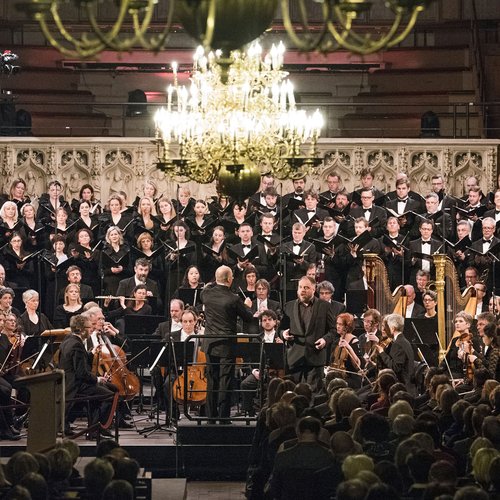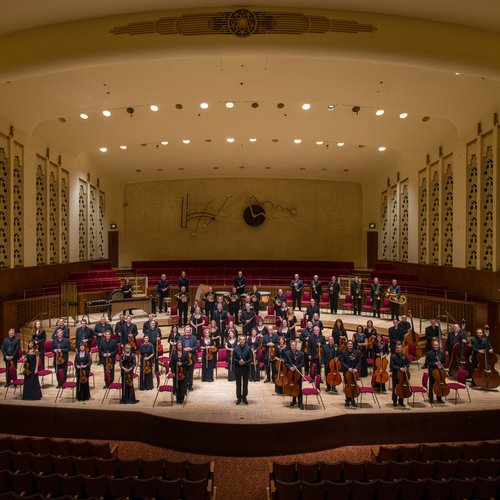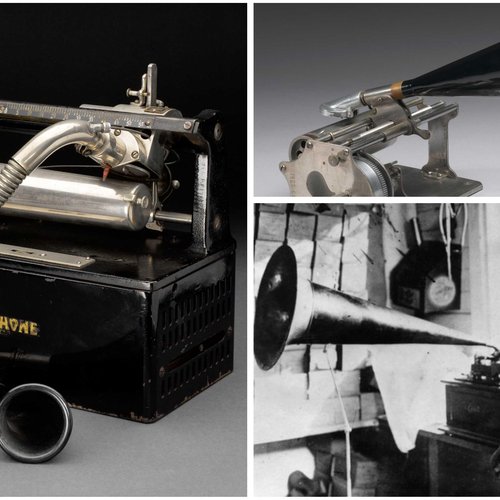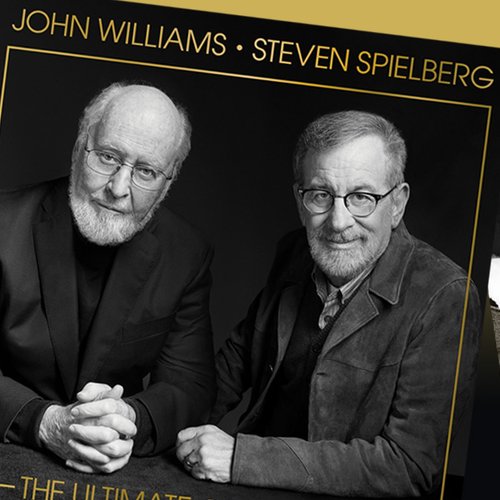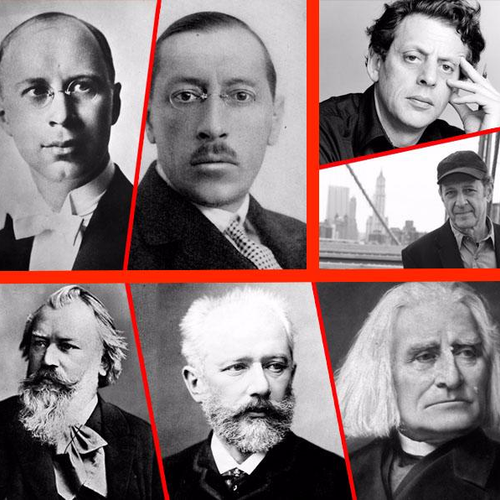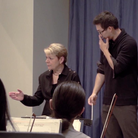Johannes Brahms: Symphony No.4 in E minor
It might have taken Brahms quite some time to write a symphony but once he had premiered No.1 in 1876, there really was no stopping him.
By 1884, he was penning this, his final one – and given that it had taken him the best part of fifteen years to complete Symphony No.1, we’d consider that to be pretty good going!
There’s an evergreen feeling to this symphony – an almost autumnal sound. Having struggled for so long to find his own authentic voice amid the noise that followed Beethoven’s death, Brahms sounds free here; musically liberated. Rich orchestral colours abound, and melody after melody flows right across the orchestra. The triumphant sound of the finale is impossible to avoid, with Brahms using every instrument of the orchestra to drive onwards to the most thunderous and joy-filled conclusion.
Self-doubt, while never overcoming Brahms, was certainly something he struggled with. In the case of his Symphony No.4, he worried for a long time that it wasn’t worthy of a full orchestra, and he originally had it performed in a setting for two pianos so he could get some feedback from a few trusted friends. Better that than to premiere it in its complete version, only for ridicule to ensue. Brahms needn’t have worried, though; the work was warmly received at its premiere and has remained loved ever since.
Recommended Recording
Berlin Philharmonic Orchestra; Simon Rattle (conductor).
Illustration: Mark Millington


